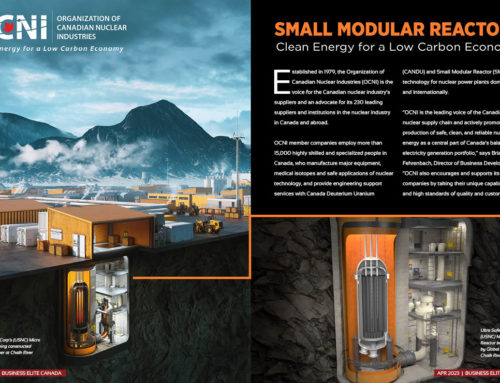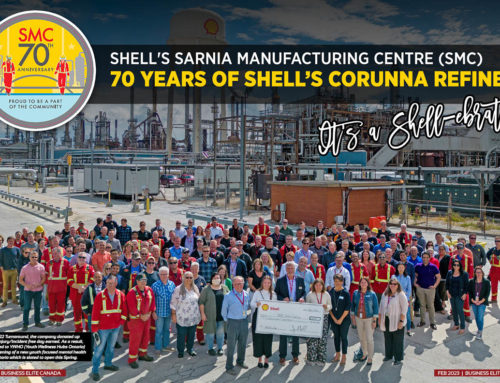Saskatchewan is an energy giant, with the most diverse primary energy resource base in Canada. Premier Scott Moe’s government espouses investing in infrastructure that promotes clean energy solutions to creating a strong low-carbon economy and sustainable future.
The Chinook Power Station, which went online in December 2019, is a big piece of the puzzle for weaning the province’s dependence on coal, and meeting its emissions targets—to reduce Saskatchewan’s greenhouse gas emissions from 2005 levels by 40 per cent by 2030.
We asked Premier Moe how will the Chinook Power Station fit into Saskatchewan’s strategy for a clean energy future.
“Our growing province will be a province that generates fewer emissions, and key among our climate change strategy is reducing emissions from electricity generation,” says Premier Moe.
“The natural gas power from Chinook is a cleaner source than conventional coal and will allow more renewable options into the grid by providing reliable baseload power whenever we need it.”
Along with Ontario and New Brunswick, Saskatchewan is also looking at advancing the development and deployment of Small Modular Reactors (SMRs) to address climate change, regional energy demand and economic development. The MOU commits the provinces to work cooperatively to advance the development and deployment of SMRs to address the needs of Saskatchewan, Ontario and New Brunswick; and address key issues for SMR deployment such as technological readiness, regulatory frameworks, economics and financing, waste management, and public and Indigenous engagement.
New technologies, such as Small Modular Reactors (SMRs) are emerging but aren’t expected to be available for at least a decade. Saskatchewan will continue to monitor these technologies as part of its long-term system planning.
“Since announcing our plan to advance the development of small modular reactor technology in the Saskatchewan Growth Plan 2030 and Beyond, our government has explored scenarios for our supply plan that includes the possibility of making our electricity generation net-zero emitting by 2050,” says Premier Moe. “The early stage evaluation for SMRs is promising in that SMRs could replace aging baseload power generation in the province, provide zero emission power fueled by Saskatchewan uranium, and has the potential for Saskatchewan to become a long-term exporter of zero emission power.”






